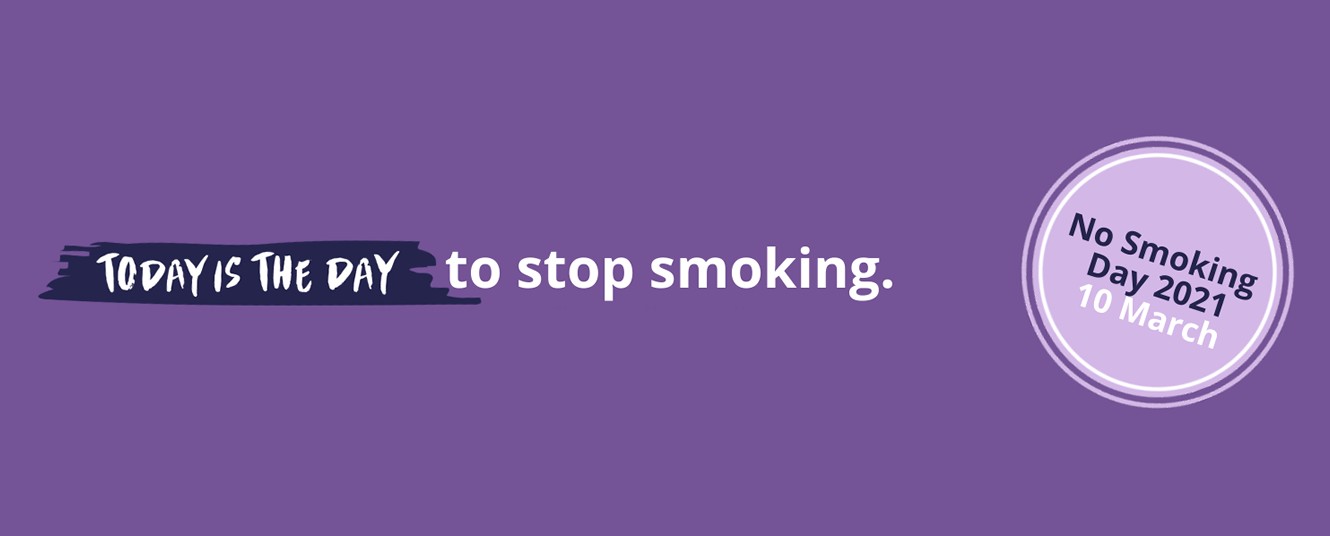- Are there currently any regulations for the display of vape products?
- How can the display of vapes affect their appeal to children?
- Grimsby toy shop causes controversy by selling vapes
- What would vape display restrictions look like?
- Timeline: changes to vaping regulations
- How could vape display restrictions affect current vapers?
As part of their plans for tackling youth vaping, the Government are considering the actions which could be taken to reduce the appeal and accessibility of vape products to minors.
One of these actions is the proposed introduction of vape display and point of sale regulations, which would dictate how vape products can be displayed within a shop.
Are there currently any regulations for the display of vape products?
Vaping products are regulated through the Tobacco Products Directive (TPD), an EU directive which was implemented into UK law by the Tobacco and Related Products Regulations 2016 (TRPR). These regulations dictate things like the maximum nicotine strength allowed, bottle and tank sizes, packaging, and advertising.
However, there are currently no measures in place that regulate how vaping products can be displayed in stores, meaning they can be displayed both at the point of sale and throughout the store in whichever manner the retailer chooses.
On 20 March 2024 the previous Tory Government introduced the Tobacco and Vapes Bill to Parliament, which sought to gain new powers to be able to regulate how and where vaping products can be displayed in stores. As the Bill did not pass before the call for a general election, it was abandoned in its original form, however the new Labour Government reintroduced the Bill on 5 November 2024.
On 9th October 2024 the All Party Parliamentary Group for Responsible Vaping launched a two month inquiry into the role of vaping in the UK, with the intentions of creating a report with thematic analysis of relevant topics including the proposed vaping restrictions. It is hoped that this report will help provide legislative suggestions highlighting the benefits of vaping as a stop smoking aid, and how this can be balanced with the need to protect young people and the environment.
How can the display of vapes affect their appeal to children?
Because vapes are currently allowed to be displayed at the point of sale and within the aisles of a store, the manner in which they are displayed can make them not only seem more appealing but also more accessible to young people. With them being displayed at the point of sale, which is the location in a store where the purchase is made, they are in a prominent position which is seen by most customers.
Some stores may also choose to display vaping products alongside sweets and other confectionary products that are appealing to children. By displaying them in this way, young people may see these products as more desirable, and if they are easily accessible on shelves it can also lessen the fact that they are an age restricted product which contains nicotine.
Analysis from Imperial College London has found that the likelihood of people aged 11 – 18 noticing vaping products on display in supermarkets has risen from 57.4% in 2018 to 66.5% in 2022.
Grimsby toy shop causes controversy by selling vapes
A Grimsby based toy shop has demonstrated exactly why the Government is proposing to regulate how vapes can be sold, by selling toys, sweets, and vapes all in the same store. The shop, Grimsby Toys & Vape, is quite obviously a shop targeted at children, decorated externally with images of toys and sweets, causing a slew of complaints from local parents.
Locals have reported that the store is known to be lax about age verification for customers, and that they feel it is wrong to be selling products appealing to children directly alongside vaping products. The children who are of the age to be browsing the toys in the store, are likely to have limited or no knowledge of vapes, and by selling them alongside such products they are not acknowledging the fact that vapes are only for use by adults, and are designed to be an alternative to smoking.
What would vape display restrictions look like?
The Tory Government version of the Tobacco and Vapes Bill, which was seeking the powers to regulate vaping products, had to be abandoned following the call for a general election. However, the reformed Government have now introduced their reworked version of this Bill to Parliament and have chosen to pursue similar powers. Until the Bill is passed and each aspect is pursued we will not know for sure which actions they will take for restricting vape displays.
However, the previous consultation which ran between October – December 2023 gives us an indication of the kind of restrictions that may be considered. One question within the previous consultation asked participants to select which of the following two options they thought would be most effective at deterring underage vapers:
- Option 1: vapes must be kept behind the counter and cannot be on display, like tobacco products
- Option 2: vapes must be kept behind the counter but can be on display
68.3% of participants selected option one, with 31.7% selecting option 2.
The Tobacco Advertising and Promotion Act 2002 (TAPA) dictates that tobacco products cannot be displayed in stores, and so they are often stored in closed cabinets or behind opaque screens. The Imperial College London analysis has found that these tobacco point of sale restrictions have decreased the likelihood of children aged 11-18 noticing cigarettes on display in supermarkets from 67% in 2018 to 59% in 2022.
However, this act does have amendments that set out separate regulations for specialist tobacconists, allowing them to advertise and display specialist tobacco products inside their store as long as they are not visible from outside the shop.
Participants were also asked if they believed that exemptions should be made for specialist vape shops, implying that the Government recognise the difficulty of implementing these regulations in vape shops and is willing to consider alternative measures in this instance.
Timeline: changes to vaping regulations
- 11 April 2023 – The Government open their ‘Youth vaping: call for evidence’ to identify ways to reduce the appeal and accessibility of vaping products to minors. Citizens and organisations had eight weeks to respond, with 441 responses received.
- 12 October 2023 – The Government opens a public consultation, ‘Creating a smokefree generation and tackling youth vaping’, inviting the public to respond.
- 26 October 2023 - The House of Commons publish their research briefing 'Shop displays of tobacco and vaping products'
- 7 November 2023 - A proposed 'Tobacco & Vapes Bill' which would give the Government new powers to regulate vape displays in shops is announced in the King's speech.
- 6 December 2023 – The consultation closes and the 28,000 responses are collated.
- 28 January 2024 – Prime Minister Rishi Sunak announces plans for the Government to ban disposable vapes and introduce other regulations to tackle youth vaping.
- 29 January 2024 – The full consultation outcome is published and the Government outlines subsequent measures that they plan to take forward.
- 20 March 2024 - The Tobacco and Vapes Bill is introduces to Parliament, seeking to gain new powers to regulate vaping products, including how and where they can be displayed in shops.
- 16 April 2024 - A second reading of the Tobacco and Vapes Bill took place, giving MPs an opportunity to debate its main principles, and the bill passed a vote to move on to the committee stage.
- Late April 2024 - The Tobacco and Vapes Bill will enter the committee stage, which will allow for amendments to be tabled and debated on.
- 30 April 2024 - Evapo write a letter to the committee for the Tobacco & Vapes Bill raising concerns about aspects of the Bill.
- 22 May 2024 - Rishi Sunak calls for a general election.
- 30 May 2024 - Government is dissolved, with the Tobacco and Vapes Bill not passing in time to be passed into law and therefore being abandoned.
- 4 July 2024 - The general election was held with a Labour Government voted into power.
- 17 July 2024 - The Labour Government revealed plans to reintroduce the Tobacco and Vapes Bill in The King's Speech.
- 9 October 2024 - The APPG launch an inquiry into the role of vaping in the UK.
- 5 November 2024 - The renewed Tobacco and Vapes Bill is introduced to Parliament by the Labour Government.
- 26 November 2024 - The new bill was voted through to the committee stage during its second reading in the House of Commons.
- 30 January 2024 - The committee stage of the Tobacco and Vapes Bill is concluded. The Bill will now move on to the report stage.
- 27 March 2025 - Having passed through all stages with the House of Commons, the Tobacco and Vapes Bill moved on to the House of Lords.
- 23 April 2025 - The Bill passed its second reading in the House of Lords and moved on to the committee stage.
- 1 April 2025 - The previously proposed date given by the Tory Government for the introduction of new vaping regulations, this will no longer be the case as the Tobacco and Vapes Bill has been abandoned.
How could vape display restrictions affect current vapers?
While display restrictions would not necessarily have as much impact on current and future vapers as other measures that were being considered, like a vape flavour ban, there are still concerns about the consequences of these restrictions.
The main concern is that vaping products should be visible and accessible to adults users, as they are an important stop smoking tool. Many have also pointed out that subjecting vaping products to the same rules as tobacco products could demonise them, making them seem equally as harmful as tobacco products rather than a less harmful alternative.
You can keep up to date with all of the latest vaping news on our blog, including updates on how the general election may affect the future of vaping.
Sources
gov.uk 12/02/2024
health.ec 03/04/2014
legislation.gov.uk 20/05/2016
tobaccocontrol.bmj.com 30/07/2023
legislation.gov.uk 12/11/2009
legislation.gov.uk 06/04/2012
researchbriefings.files.parliament.uk 26/10/2023
gov.uk 07/11/2023
bbc.co.uk 12/04/2024
responsiblevapingappg.org 09/10/2024

























